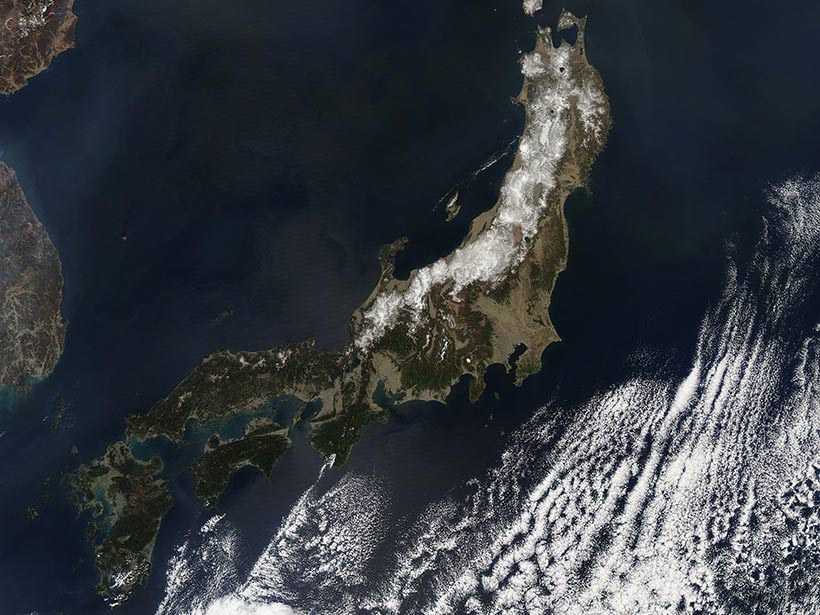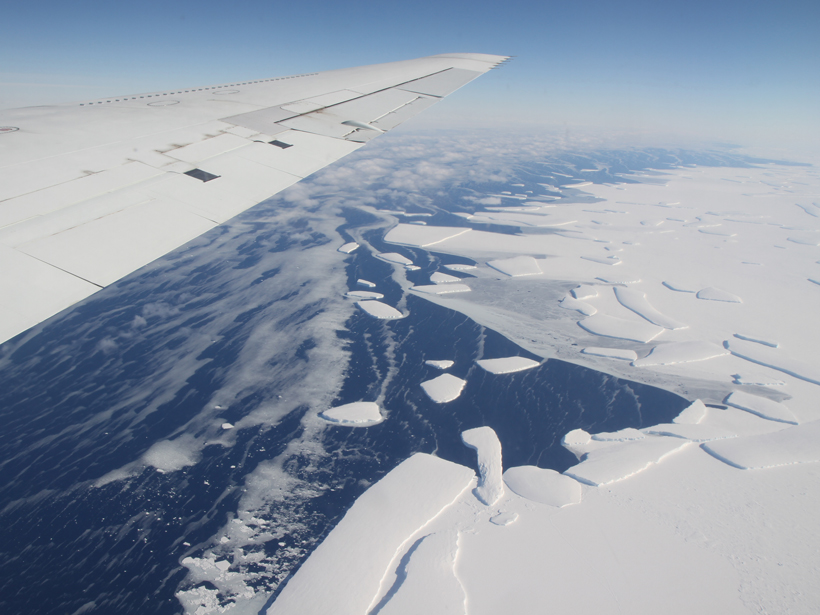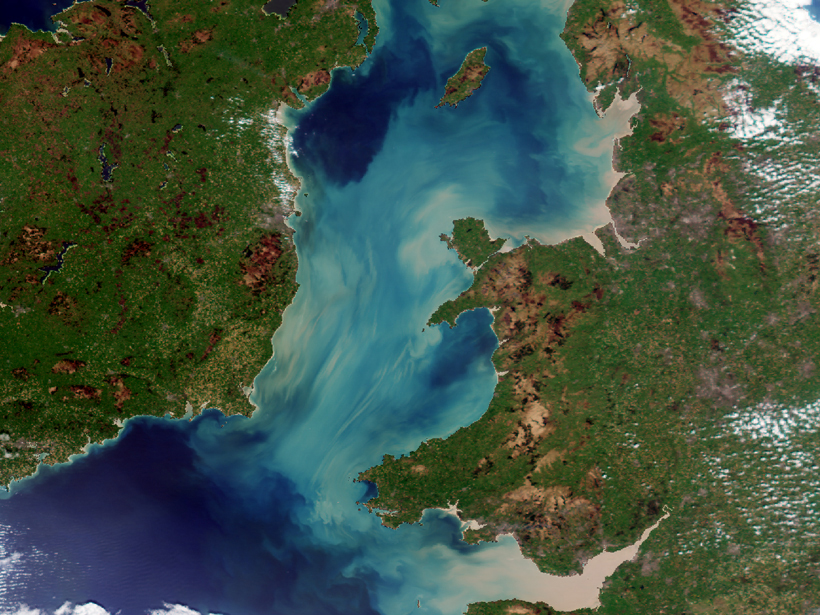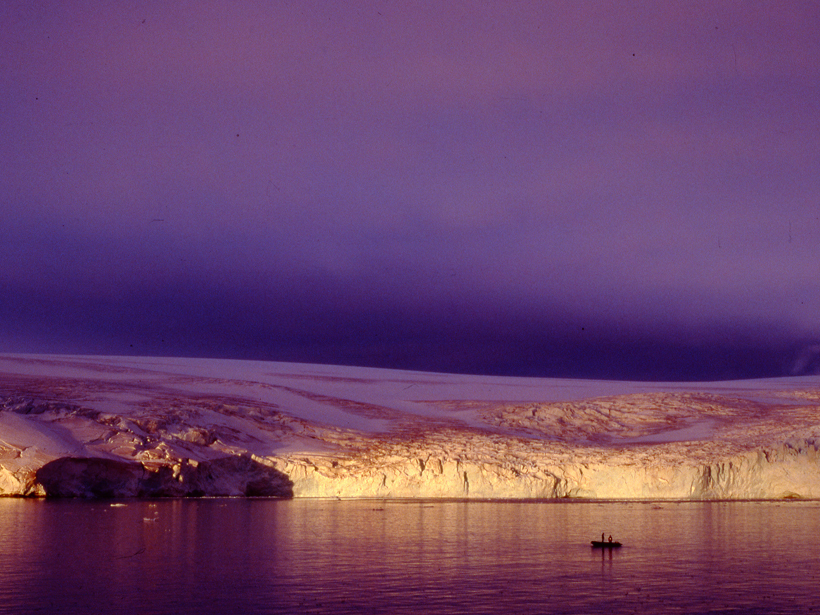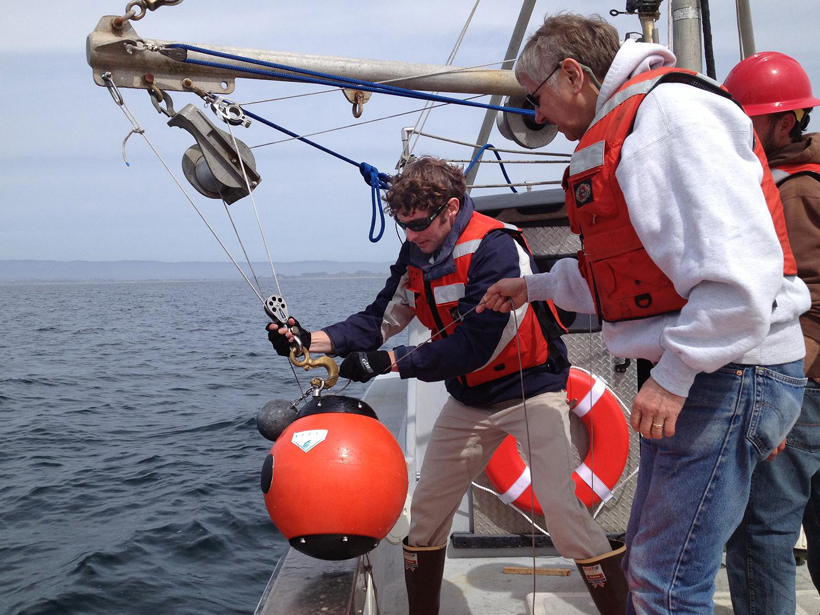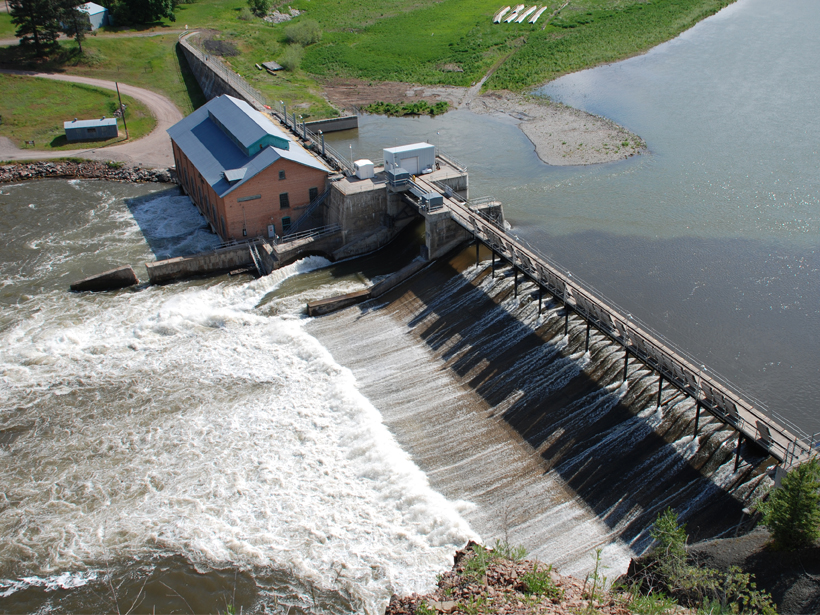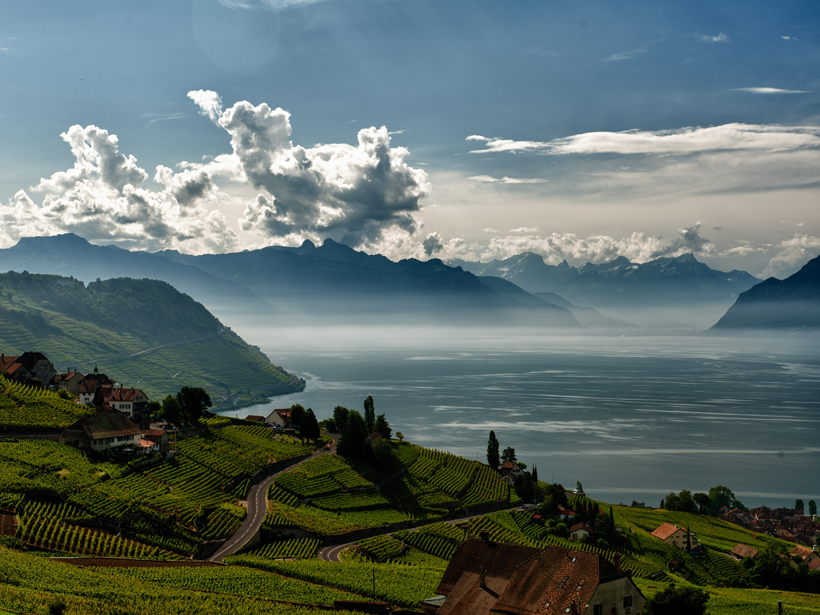Smaller quakes around the active edge of continental plates may contribute to increased stability by promoting compaction and solidifying the top 100 meters of seafloor sediment.
sediments
Scientists Find the Point of No Return for Antarctic Ice Cap
Varying amounts of glacial debris in a core of ancient sediment show the ice cover grew and shrank until airborne carbon dioxide levels fell below 600 parts per million, spurring steady growth.
Satellites Reveal Dynamics of Suspended Mineral Particles
A case study of the Irish Sea evaluates the use of ocean color data to measure the optical properties of sedimentary particles in offshore waters.
How Sediment Transport Sways Wetland Stability
Scientists examine the role of variables like tides and suspended sediment concentration to improve methods of evaluating coastal wetlands and how they may respond to future sea level rise.
Sediment Transport Capacity Carries Many Meanings
The current definitions of sediment transport capability don't match up with observations of actual geomorphic systems.
Antarctic Sediment Plume Disrupts Deep-Water Community
Increased sedimentation from a melting glacier inhibits filter feeders in an Antarctic fjord.
Researchers Track Underwater Avalanches Like Never Before
Using beach ball–like detectors, researchers set out to determine how sediments, which could contain toxic contaminants, travel through submarine canyons to greater depths.
Contaminated Sediment and Dam Removals: Problem or Opportunity?
Restoring rivers to their free-flowing state promises a host of environmental benefits, but contaminated sediments may cloud the picture.
Past Phosphorus Runoff Causes Present Oxygen Depletion in Lakes
Sediment cores show how phosphorus pollution in the 1950s led to current, inherited hypoxia in lakes in the Alps.
Underwater Robot Tracked Ocean Sediment During Hurricane Sandy
Hurricane Sandy moved a lot of debris, but where did it all end up?

